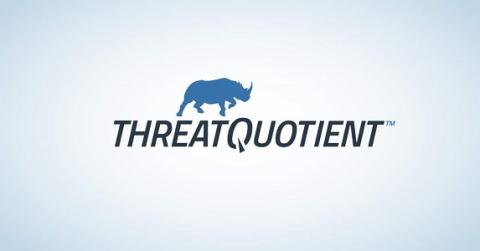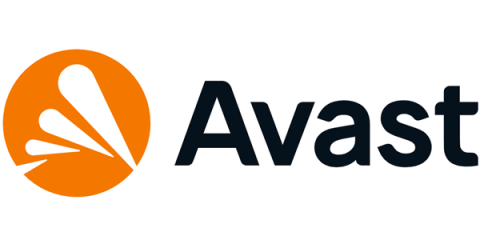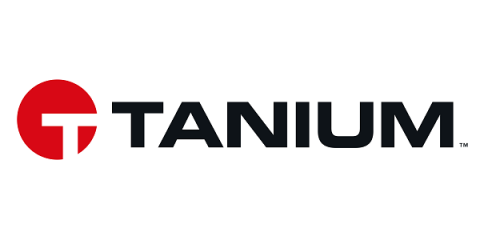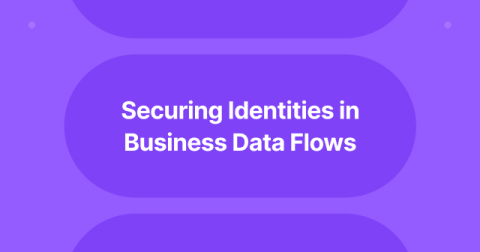ThreatQuotient Publishes 2024 Evolution of Cybersecurity Automation Adoption Research Report
Survey results highlight that cybersecurity automation is now an important part of cybersecurity professionals' defensive strategy - but organizations want highly targeted, customized automation and threat intelligence that enables them to collaborate.










